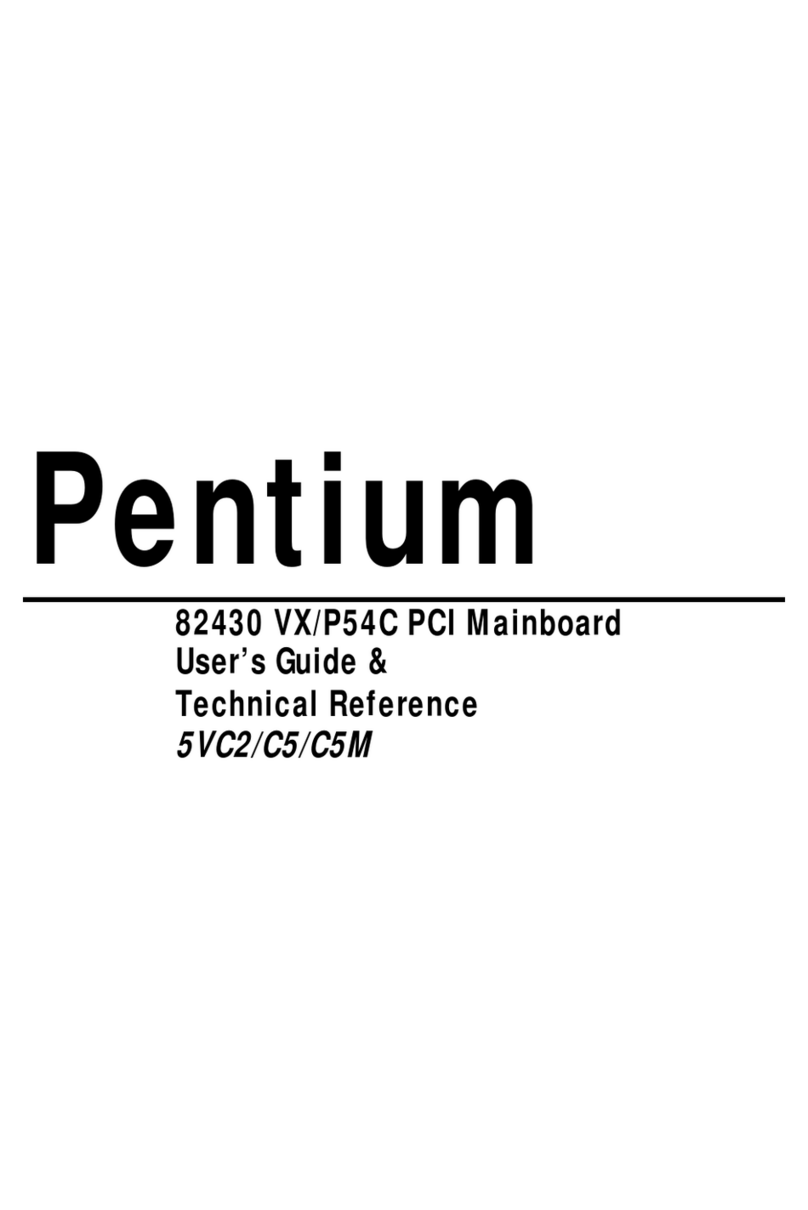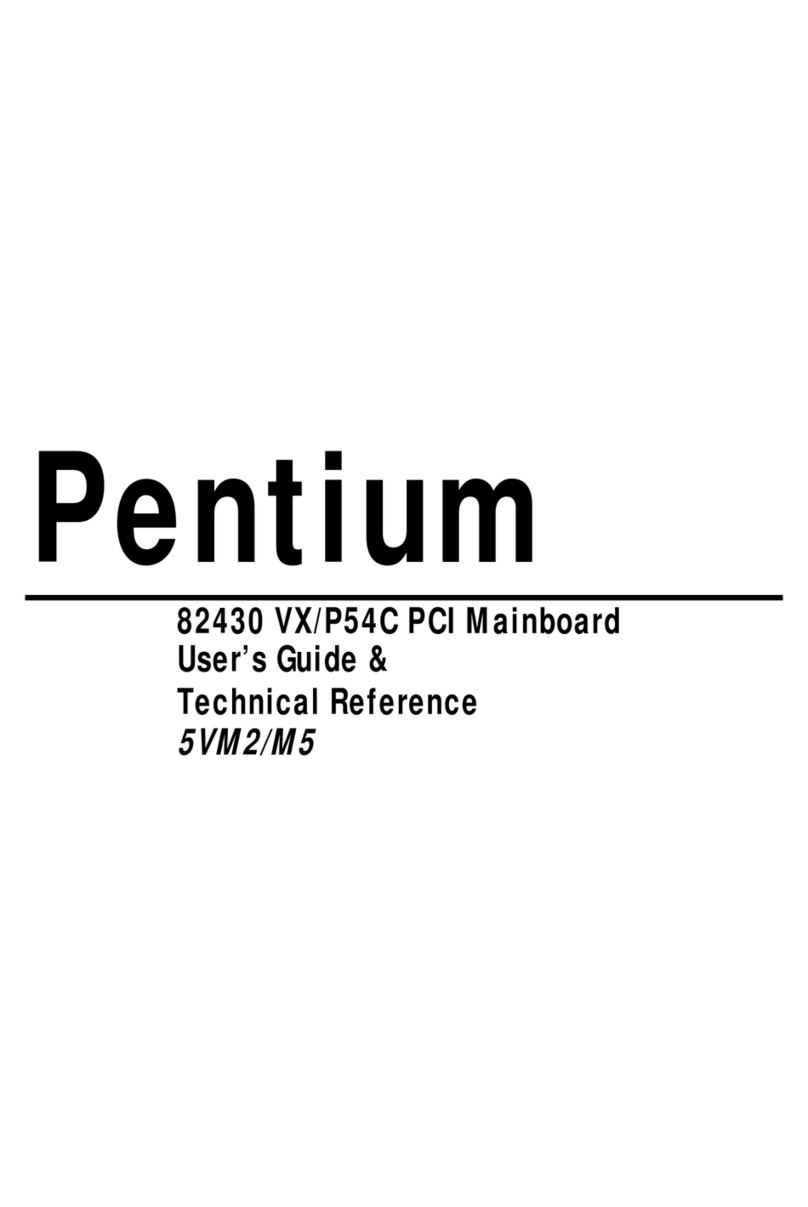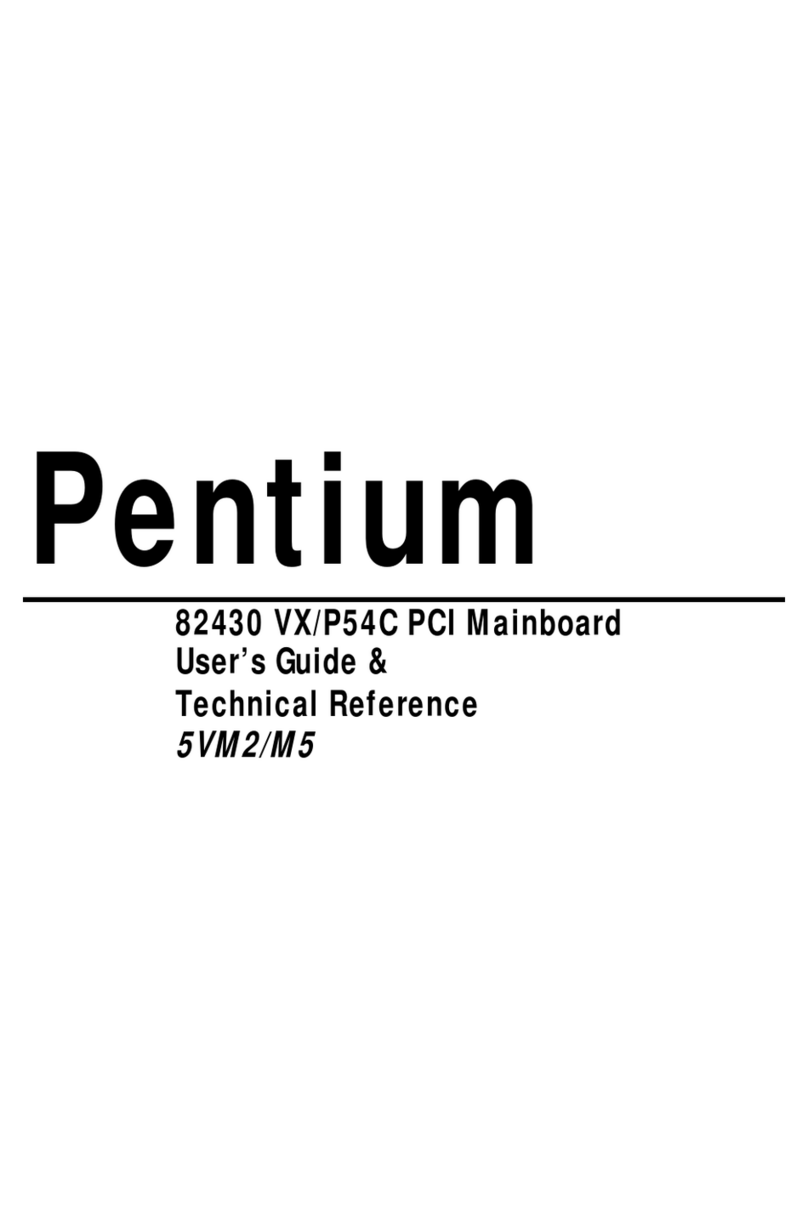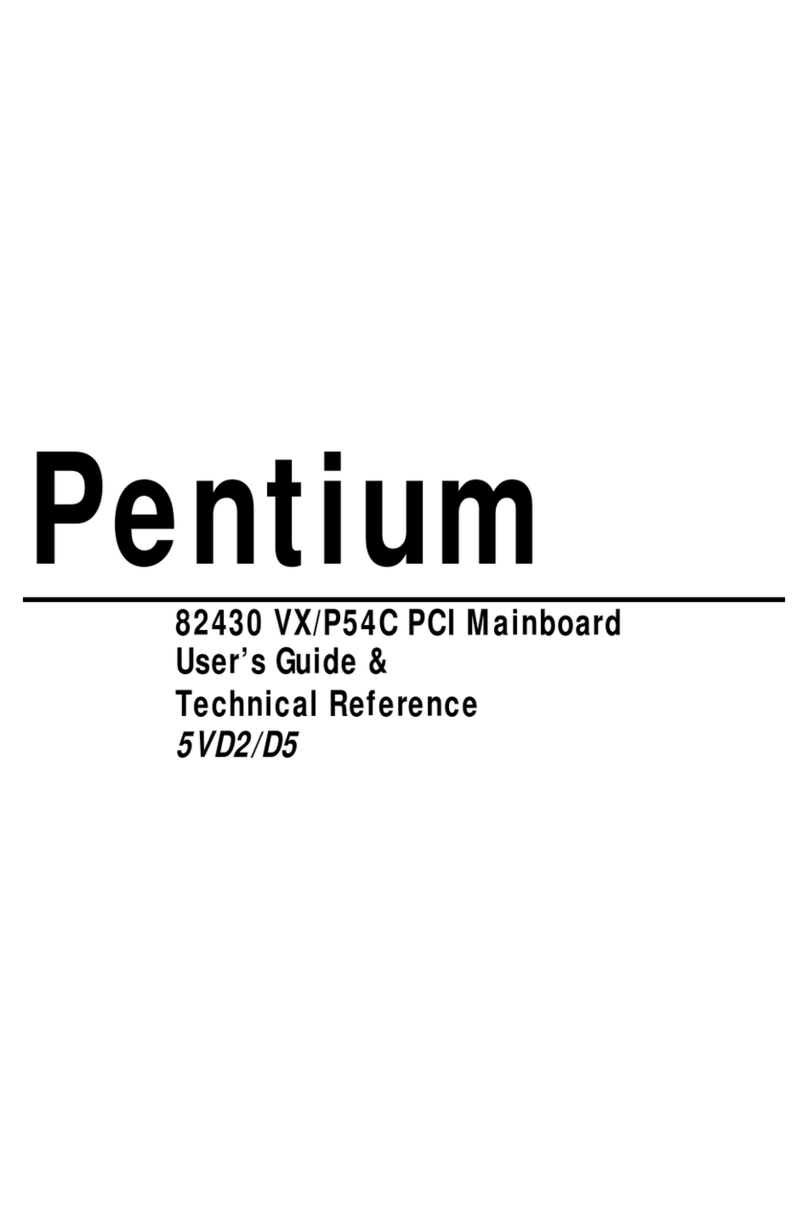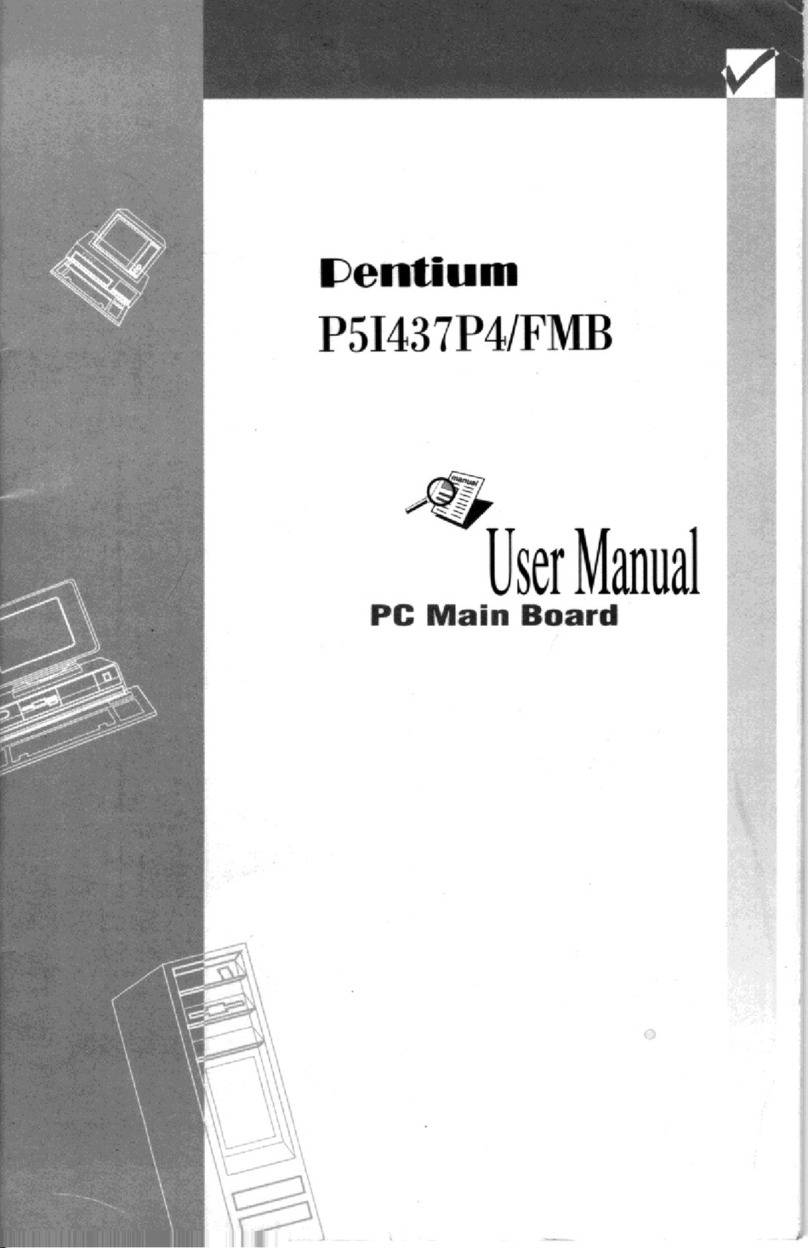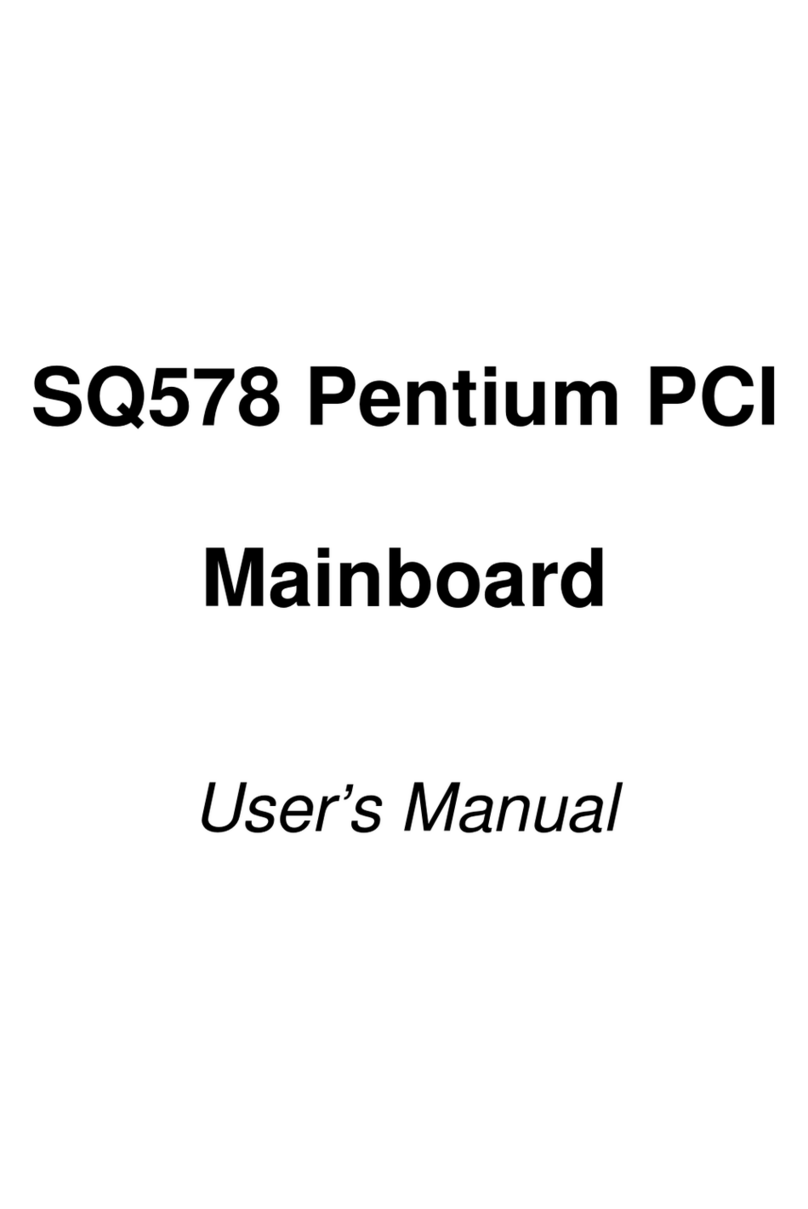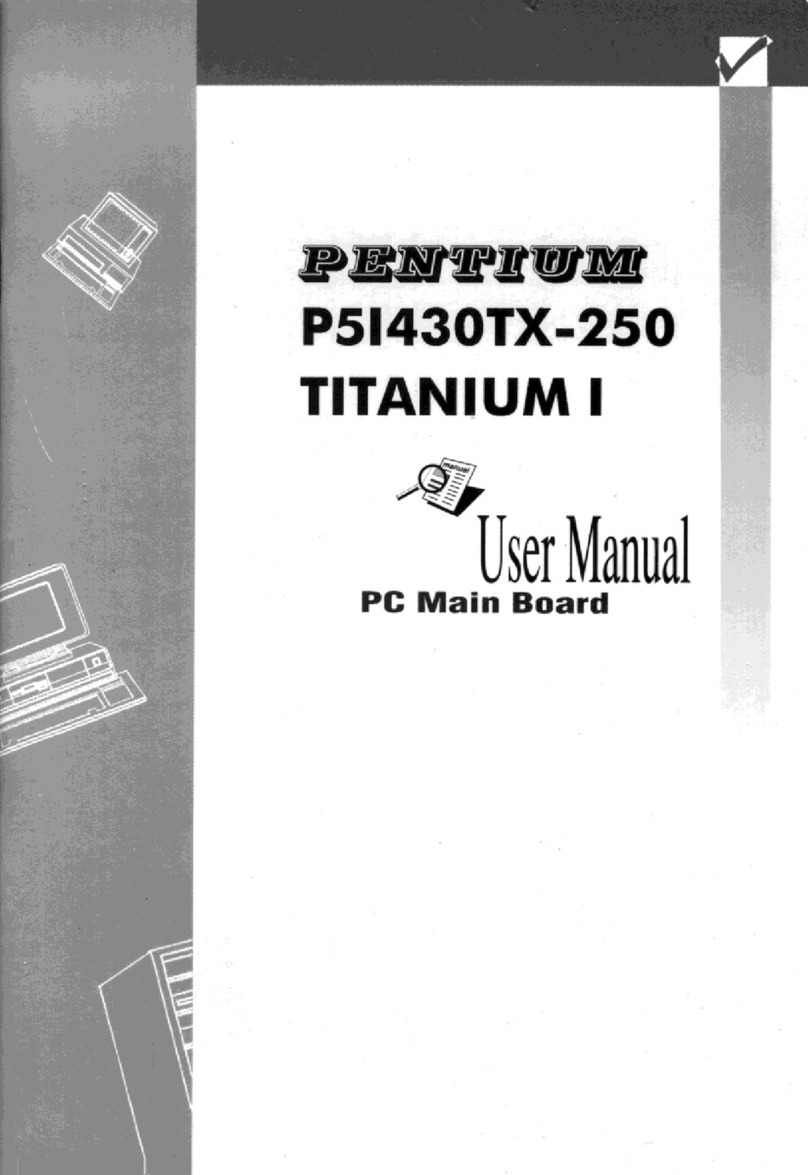Table of Contents
________________________________________________________________
________________________________________________________________
3
TABLE OF CONTENTS
1. INTRODUCTION............................................................................................................5
1.1. PREFACE............................................................................................................5
1.2. KEY FEATURES..................................................................................................5
1.3. PERFORMANCE LIST........................................................................................6
1.4. BLOCK DIAGRAM...............................................................................................7
1.5. INTRODUCE THE PCI - BUS .............................................................................7
1.6. FEATURES..........................................................................................................8
2. SPECIFICATION ............................................................................................................9
2.1. HARDWARE........................................................................................................9
2.2. SOFTWARE ........................................................................................................9
2.3. ENVIRONMENT..................................................................................................10
3. HARDWARE INSTALLATION........................................................................................ 11
3.1. UNPACKING........................................................................................................11
3.2. MAINBOARD LAYOUT........................................................................................12
3.3. QUICK REFERENCE FOR JUMPERS & CONNECTORS ................................12
3.4. DRAM INSTALLATION........................................................................................14
3.5. SRAM INSTALLATION AND JUMPERS SETUP................................................ 16
3.6. CPU INSTALLATION AND JUMPERS SETUP ..................................................16
3.7. CMOS RTC & ISA CFG CMOS SRAM...............................................................17
3.8. SPEAKER CONNECTOR INSTALLATION......................................................... 17
3.9. POWER LED & KEY LOCK CONNECTOR INSTALLATION ............................. 18
3.10. TURBO SWITCH CONNECTOR INSTALLATION.............................................. 18
3.11. TURBO LED CONNECTOR INSTALLATION..................................................... 18
3.12. HARDWARE RESET SWITCH CONNECTOR INSTALLATION........................18
3.13. PERIPHERAL DEVICE INSTALLATION.............................................................18
4. BIOS CONFIGURATION................................................................................................ 20
4.1. ENTERING SETUP .............................................................................................20
4.2. CONTROL KEYS.................................................................................................20
4.3. GETTING HELP...................................................................................................21
4.3.1. Main Menu.................................................................................................... 21
4.3.2. Status Page Setup Menu / Option Page Setup Menu .................................21
4.4. THE MAIN MENU................................................................................................21
4.5. STANDARD CMOS SETUP MENU....................................................................23
